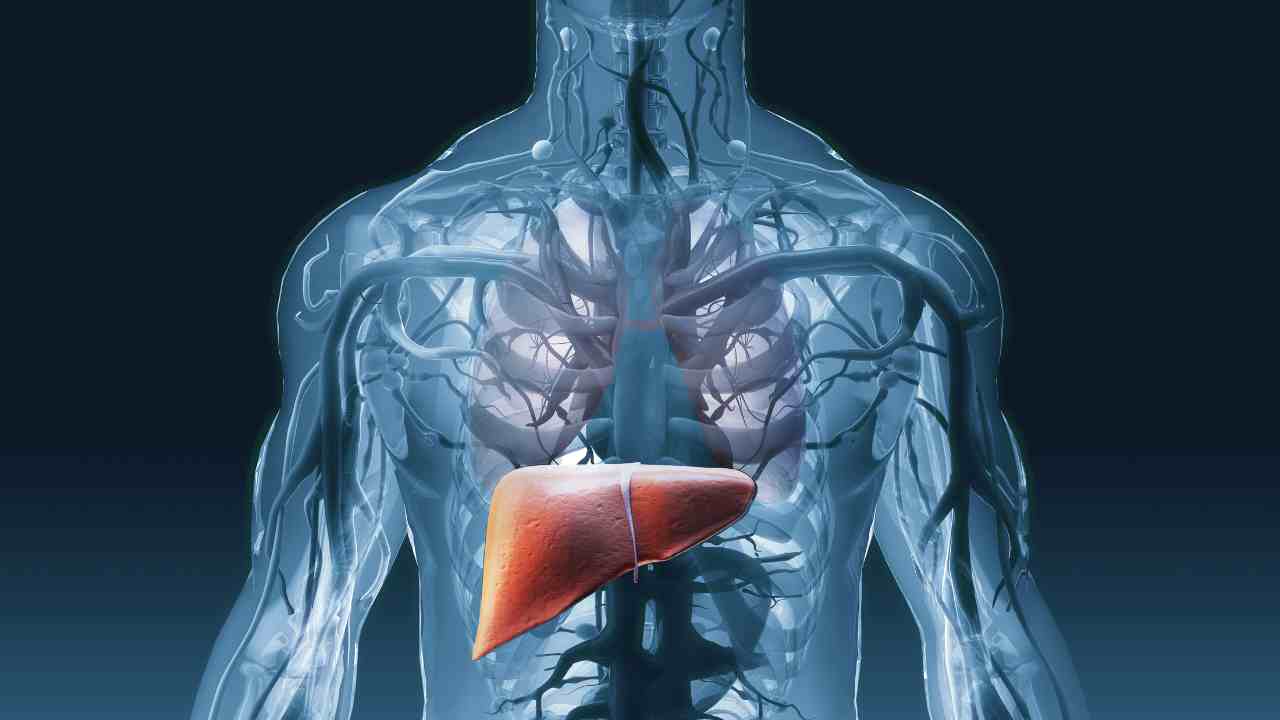-

Hepatitis After Pregnancy: Risks, Monitoring, and Treatment Options The occurrence of hepatitis after pregnancy, typically diagnosed through elevated alanine aminotransferase (ALT) levels within the first 12 weeks postpartum, presents an intriguing intersection of immunology and maternal health. This condition, often self-limiting, suggests significant underlying immune system adjustments as the body shifts from pregnancy. While the…
-

Hepatitis A vs. Alcoholic Hepatitis: Understanding the Differences While Hepatitis A and alcoholic hepatitis both inflame the liver, they stem from very different causes and require distinct approaches to treatment. Hepatitis A spreads through contaminated food and water, necessitating vigilant hygiene and vaccination for prevention, whereas alcoholic hepatitis results from prolonged excessive alcohol intake, demanding…
-

Impaired Awareness and Staring Behavior in Dementia The Alzheimer’s Blank Stare, often characterized by a vacant or distant look, serves as a profound indicator of the cognitive disconnection inherent in this debilitating disease. When individuals display this blank stare, it signifies disrupted communication pathways and neuronal damage, making it difficult for them to process information.…
-

Adenovirus Hepatitis: A Hidden Cause of Liver Inflammation in Children Hepatitis Adenovirus represents a complex challenge in the field of infectious diseases, particularly due to its severe impact on pediatric populations and those with weakened immune systems. As healthcare professionals grapple with the nuances of its transmission and the multifaceted nature of its clinical manifestations,…
-

The Role of Brain Biopsy in Alzheimer’s Disease Diagnosis You might not know that liquid biopsy techniques are revolutionizing the way Alzheimer’s is diagnosed by analyzing biomarkers in biofluids. This method allows for early detection, even when biomarker concentrations are low, making it a promising tool in the fight against this debilitating disease. While blood…
-

Unveiling the Spectrum of Hepatitis: From Acute Onset to Chronic Burden In the domain of infectious diseases, hepatitis presents a unique dichotomy between its acute and chronic forms, each carrying distinct clinical implications and challenges in management. Acute hepatitis, typically marked by a transient infection, can often go unnoticed or may manifest with severe symptoms…
-

Diagnosing Acute Hepatitis with a Comprehensive Panel Test The Hepatitis Acute Panel serves as a pivotal tool in diagnosing acute viral hepatitis infections, offering healthcare providers a thorough insight into the specific antigens and antibodies associated with Hepatitis A, B, and C. This panel’s results not only aid in confirming diagnoses but also play an…
-

Understanding the Why Behind the Anger: Alzheimer’s Disease and Aggressive Behavior Understanding triggers, managing stressors, and improving communication are critical steps in addressing aggression in Alzheimer’s patients. As caregivers navigate these turbulent waters, they often face unexpected challenges that can significantly affect both their wellbeing and the quality of care they provide. Recent studies suggest…
-

Post-Stroke Dementia: Increased Risk of Alzheimer’s Disease The interplay between Alzheimer’s disease and post-stroke cognitive impairment often raises a curtain of complexity for medical professionals and caregivers alike. When a stroke interrupts the brain’s blood supply, it not only damages neural pathways but can also set the stage for Alzheimer’s to accelerate its course. This…
-

Azathioprine and Hepatitis: Balancing Benefits and Risks of Immunosuppression Azathioprine, widely utilized in managing autoimmune diseases and ensuring the success of organ transplants, occasionally presents a significant risk of inducing liver toxicity, termed azathioprine hepatitis. This adverse effect, while infrequent, manifests critically with symptoms that can mimic other hepatic disorders, thereby complicating diagnosis and management.…